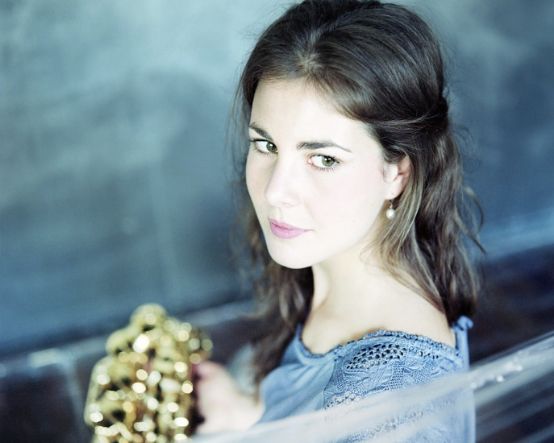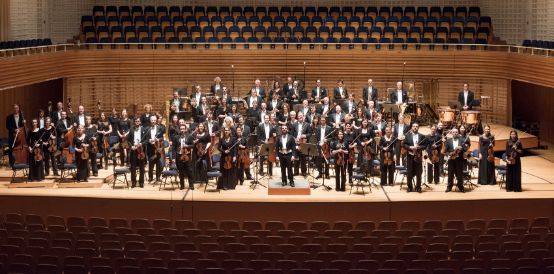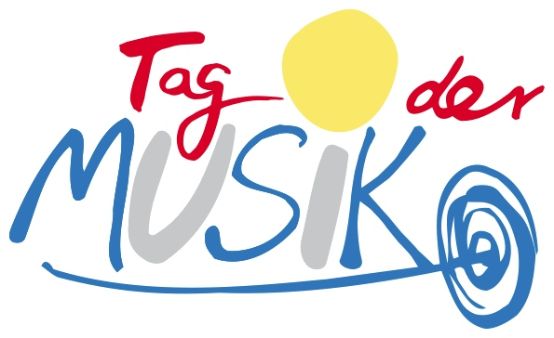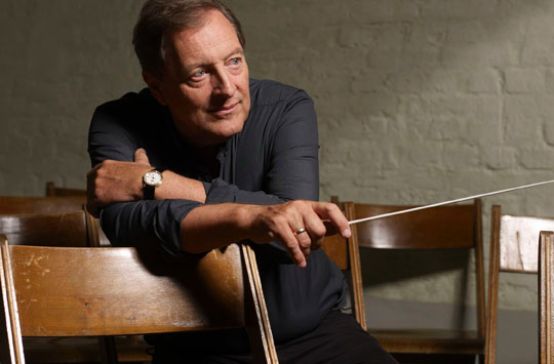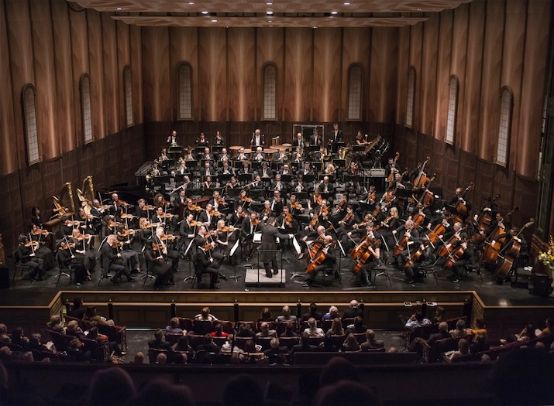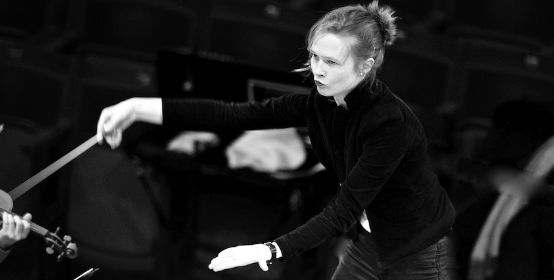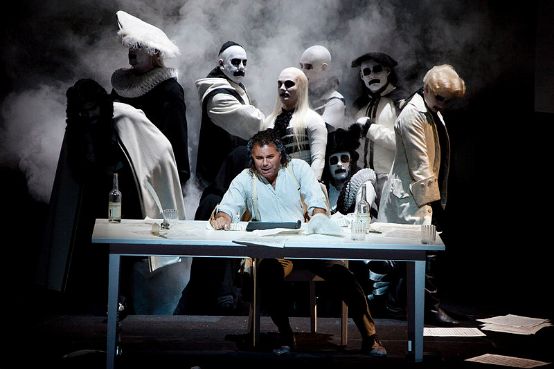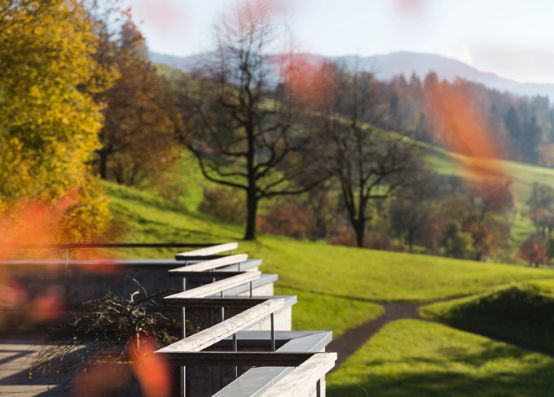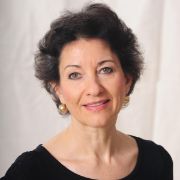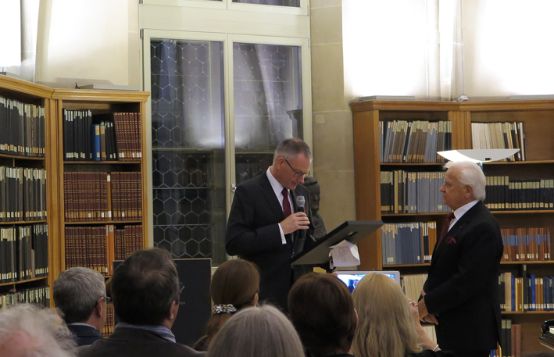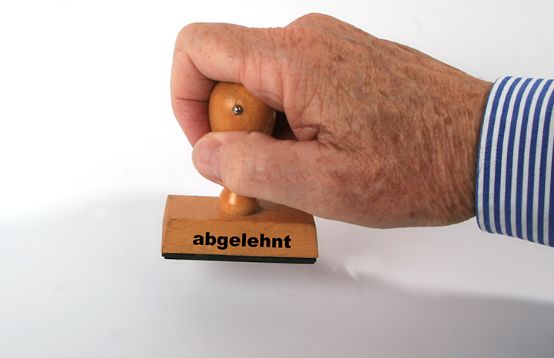Stage association fights planned contract law
The new copyright contract law planned by the German government has met with fierce criticism from the German Stage Association. In particular, the possibility for authors and composers to change publishers after five years is met with incomprehension.

According to the draft law, the transfer of performance rights from the publisher to the theater will no longer apply if, for example, the author of a play or the composer of an opera leaves the respective publisher because another publisher offers him better conditions.
In the repertoire of municipal theaters, however, works often remain on the repertoire for several seasons. Even after many years, a production may be revived. The performance contracts with the publishers usually provide for corresponding options for later seasons. If the publisher changes, this option can no longer be fulfilled.
A further offer of a production in the repertoire or a later revival would thus be deprived of its copyright basis, writes the Bühnenverein. This situation could even occur shortly before a premiere if an author withdraws the rights from the publisher at precisely this point in time due to the expiry of the 5-year period. The resulting economic risks for the theater are incalculable.
The Bühnenverein also considers regulations that grant rights holders extensive rights to information to be problematic. In the case of DVD productions, for example, a considerable administrative burden arises in daily practice, as each individual performing artist involved in the production - including the choir and orchestra - is entitled to information about sales figures and other data.
The allocation of remuneration claims to different uses of rights provided for in the law is equally complicated. This would make it more difficult to achieve the lump-sum compensation that is customary in the theater sector in the case of a recording, which would also be preferred by performing artists. The Bühnenverein is calling on the Federal Government to withdraw the draft law, which has also met with considerable criticism from authors and publishers in recent weeks.






